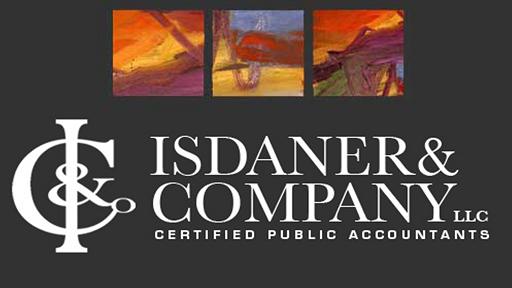 Two new Interim Final Rules (IFR):
Two new Interim Final Rules (IFR):
- Provides borrowers and lenders guidance on requirements governing the forgiveness of Paycheck Protection Program (PPP) loans
- Informs borrowers and lenders of Small Business Administration ‘s (SBA) process for reviewing PPP loan applications and loan forgiveness applications. This IFR supplements the aforementioned IFR on loan forgiveness released contemporaneously with this IFR
The two new IFRs are the most recent authoritative guidance and expands upon the loan forgiveness application and instructions released May 15th
The IFR loan forgiveness guidance answers questions related to the loan forgiveness process, indicates payroll and nonpayroll costs eligible for forgiveness and provides scenarios affecting the amount of loan forgiveness for which a borrower qualifies. The rule highlights:
An alternative method for determining when the eight- week period begins for employers with biweekly or more frequent pay cycles. These borrowers can elect an alternative payroll covered period, which is the eight- week period starting the first day of the pay period after they received the funds. Previously, the only starting date allowed was the day the SBA lender disbursed funds to the borrower — which remains the requirement for all businesses with pay periods less frequent than biweekly e.g. semimonthly.
Bonuses and hazard pay are eligible for loan forgiveness, as are salary, wages, and commission payments to furloughed employees. The payments cannot exceed the pro-rated amount of a $100,000 annual salary.
Establishment of caps on the amount of loan forgiveness available for owner-employees and self-employed individuals’ own payroll compensation. Specifically, the amount requested can be no more than the lesser of 8/52 of 2019 compensation or $15,385 per individual in total across all businesses. For self-employed individuals, including Schedule C filers and general partners, no additional forgiveness is provided for retirement or health insurance contributions.
Clarification on when non-payroll costs must be incurred or be paid to qualify for loan forgiveness. Specifically, the costs must be paid during the eight -week period or incurred during the period and paid on or before then next regular billing date, even if that date is after the eight weeks. The guidance also states that advance payments on mortgage interest are not eligible for loan forgiveness.
Restating the rules for when employers can exclude from loan forgiveness calculations employees who refuse to be rehired.The new guidance reiterates that in calculating any reduction in full time equivalent employees, employers can exclude any employees who decline a good faith offer to return at the same pay and hours as before they were laid off or furloughed. The guidance released Friday includes a requirement for borrowers to notify the state unemployment office of an employee’s rejected offer within 30 days of that rejection.
Definition of full-time equivalent as 4o hours, and two methods for calculating FTEs for non- full-time employees.
Clarified that borrowers can restore forgiveness if they rehire employees by June 30 and reverse reductions to salaries and wages for FTE employees by June 30. The guidance said loan forgiveness totals would not be reduced for both hours and wage reductions for the same employee.
Link to the first Interim Rule
The IFR on PPP review procedures and related borrow and lender responsibilities covers procedural details. The rule highlights:
Establishes that the SBA may review any PPP loan, regardless of size, to determine if the borrower is eligible for PPP loans under the CARES Act, whether the borrower calculated the loan amount correctly and used the funds for eligible costs, and whether the borrower is eligible for the amount of loan forgiveness it requests.
Declares that borrowers may appeal SBA determinations within 30 days of receipt. The guidance also says an appeal process will be established, with the specifics coming in a later interim final rule.
Requires lenders to decide on loan forgiveness within 60 days of receipt of the complete application from the borrower. The SBA then has 90 days to review the loan forgiveness application.
Clarifies that borrowers may be asked questions by lenders and the SBA
Confirms that lenders will not be paid their fees for any PPP loans the SBA deems ineligible. This includes a 1-year clawback provision on bank fees for those loans.
Link to the second Interim Rule



